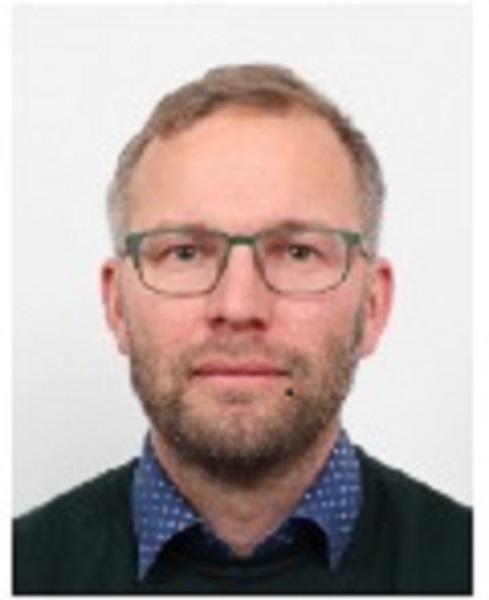PS Seminar Series: Light-induced fluorescence transient (lift) as a field- based high - throughput method for photosynthesis phenotyping
Speakers
Event series
Content navigation
Description

Abstract - Field-based high-throughput phenotyping platforms need sensors to identify relevant traits where an integrative signal, such as photosynthesis, may serve as a good selection parameter for crop performance. Most recently the light-induced fluorescence transient (LIFT) sensor has been shown to be a valuable tool to provide, from a 0.6 m distance active chlorophyll fluorescence ChlF measurements for rapidly and non-invasively characterisation of photosynthetic traits, such as the operating efficiency of photosystem II (Fq’/Fm’) and novel parameter, Fr2’/Fq’, associated with the reoxidation efficiency of the primary electron acceptor in photosystem II (QA) at 120 ms, also known as the relaxation phase of ChlF. Built in the LIFT instrument is also a spectrometer for acquiring proximal reflectance spectra at the range from 400-800 nm. The LIFT sensor was mounted on a manual pushed chart, on the GPS steered fieldcop and on the fieldsnake, an automatic positioning, 21m wide, phenotyping arch for field applications, as well as on an automatic positioning rail system moving on top of containers or ‘miniplots’ where plant stands are grown inside and outside an unheated greenhouse. Fq’/Fm’ and Fr2’/Fq’ correlated strongly to PPFD and temperature, respectively. In response to stress both parameters decreased such as was shown for example in response to drought for a 252 elite accession of durum wheat or at low temperature for winter wheat growing under elevated CO2. In this presentation we will show examples of field phenotyping by LIFT across multiple species in diverse environments.
Biography - My research in Europe Japan and the United States has focused on bottlenecks in photosynthesis under different environmental conditions, especially temperature. I am visiting ANU/CSIRO en-route to the Translational Photosynthesis Conference in Brisbane. Within the Shoot Dynamics group in IBG-2 we collaborate to understand and model leaf fluorescence from chloroplast to satellite levels and to understand whole plant (transport) processes. In Field Phenotyping we aim to quantify plant traits under natural or controlled (e.g. CO2) growth conditions in the field non-invasively. Thus we focus specifically on leaf photosynthesis and link this to transport processes and canopy functioning. For non-invasive photosynthesis measurements we use the leaf fluorescence signal. Leaf fluorescence is quantified by the light induced fluorescence transient (LIFT) and other methods. We concentrate on crop species programs in Germany (e.g. Oekol, Dataplant) but also beyond (e.g. CASS). We maintain fields with dedicated genotypes (common experiments) as well as a Free Air CO2 Enrichment (FACE) facility for phenotyping under elevated CO2 concentrations in the field (BreedFACE).
Location
Slatyer Seminar Room, Rm N2011, Level 2, RN Robertson Building (46)




